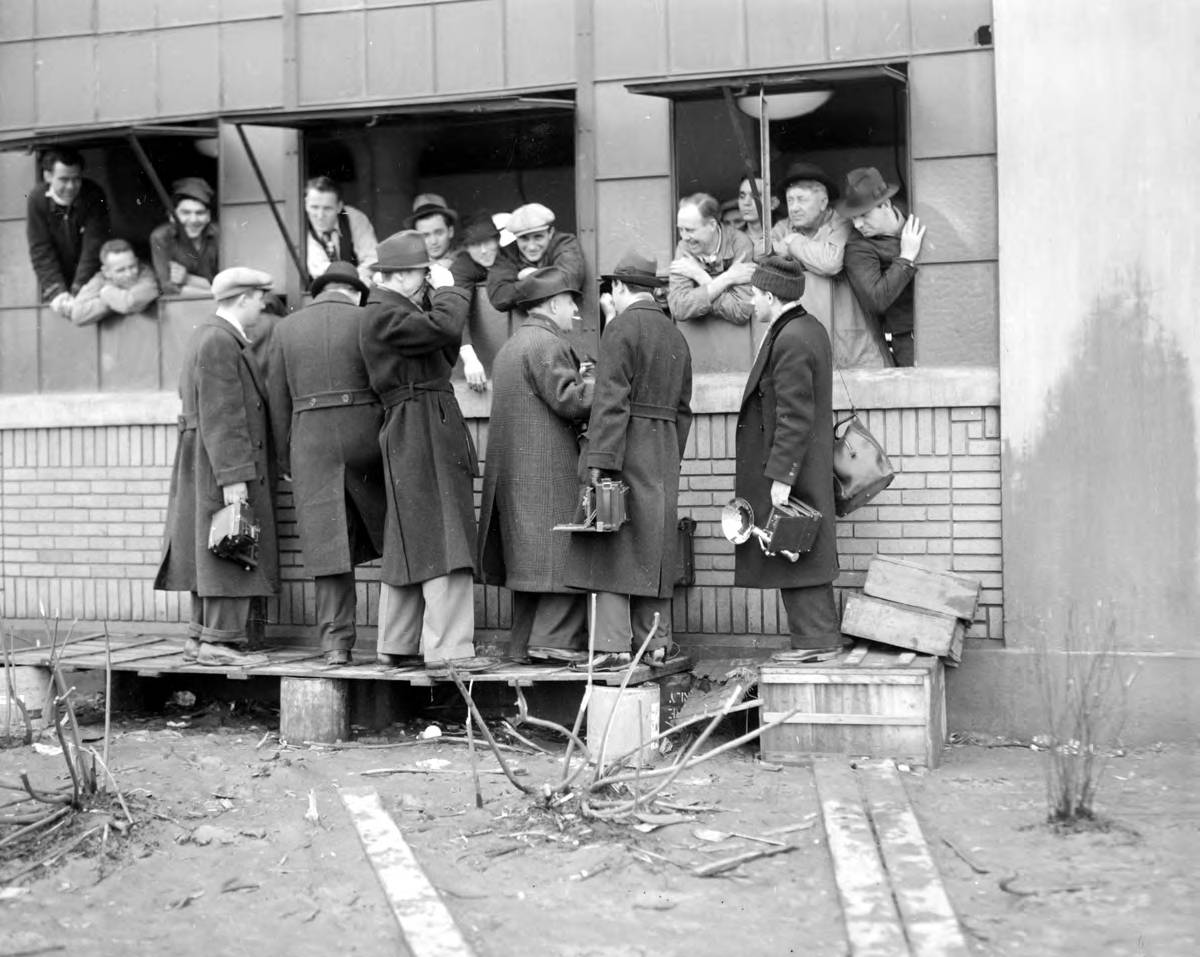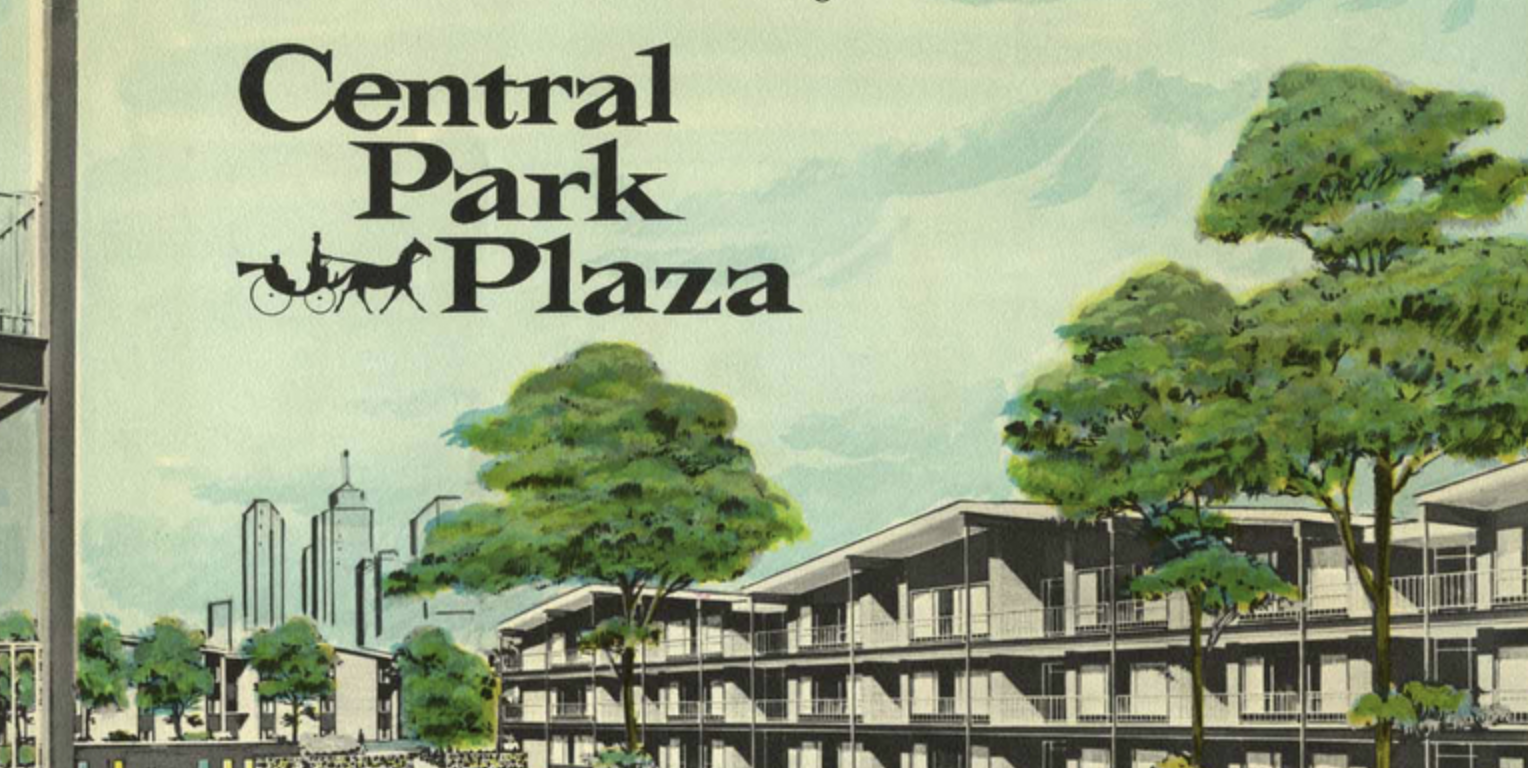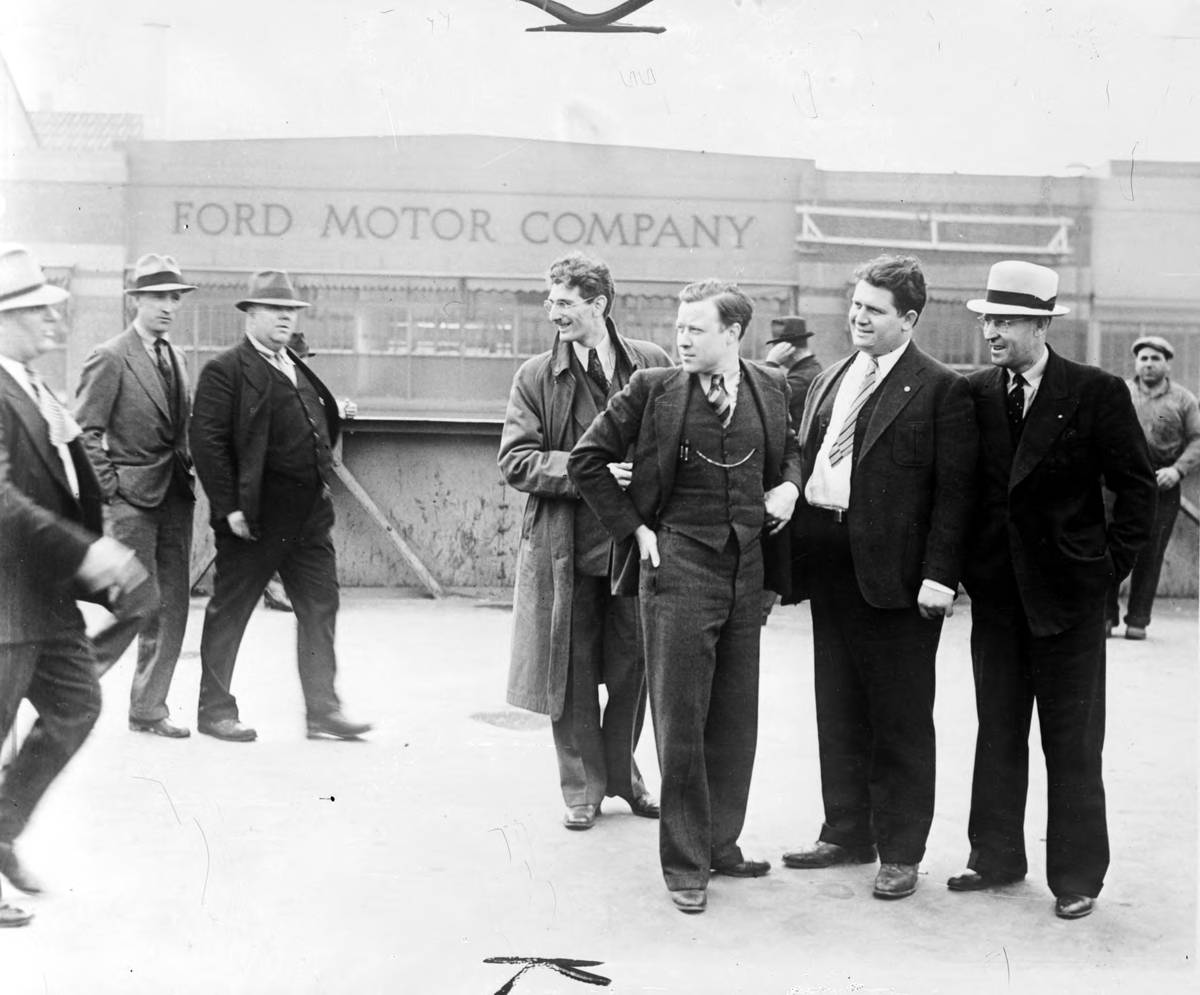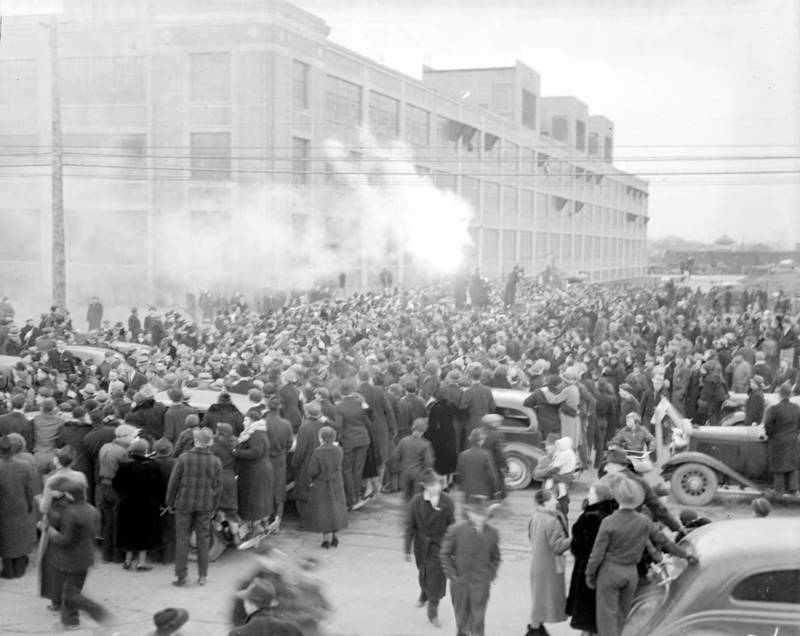Search
5 items
-
Flint Sit-Down Strike: Labor, Management, and Unionization by Angela Lo Piccolo
Was the Flint Sit-Down Strike a natural response to the economic and/or social conditions that laborers faced? Is this what led to the desire to unionize? Supporting Questions: What perspective did workers hold when it came to unions and/or strikes? What perspective did management hold when it came to unions and/or strikes? What explains why the UAW pushed for collective bargaining when GM management opposed it? -
The Effects of Urban Renewal
This unit plan has been designed for a 6th grade Social Studies class and takes place over 8 days. In this unit, students will analyze the city and learn more about Detroit neighborhoods, becoming informed about how urban renewal began and has affected citizens from the past to now. On day 1, students will explore what urban renewal is and how it is defined. The unit then leads into lessons focusing on areas of Detroit that urban renewal has affected in the past and how those effects have created challenges for Detroiters in the present, a debate discussing if urban renewal is ultimately good or bad, and a brochure project in which students will research their own neighborhoods and find evidence of urban renewal and changes that have been made to the area overtime. The unit ends with a field trip and scavenger hunt surveying areas of Detroit discussed in class. -
United Auto Workers - Integrated Curriculum Plan
The “United Auto Workers” unit helps students investigate the conditions and events that led up to creation of the United Auto Workers Union. Students will explore the topic and research inequality, injustice, and human rights issues that can and have existed in the workplace throughout history. Students will also get the chance to examine the power of advocacy through art during a field trip to view Diego Rivera’s “Detroit Industry” murals that are on display at the Detroit Institute of Art. To achieve these objectives this unit’s lessons take a cross-curricular approach which incorporates language arts, geography, math, and the arts. The unit will close with a creative showcase in which students will have the chance to share their work and knowledge with their nested communities. Rationale for the Unit: The formation of the United Auto Workers Union is a key turning point in the history of Michigan’s labor movement. This was not only a pivotal moment in Michigan’s history, but it emerged out of the Greater Detroit Area. Students in fifth grade are at a stage where they are capable of identifying injustice and inequality in society. This unit creates a forum for exploration and discussion of how injustice has fueled the formation of equity seeking groups in the Greater Detroit Area, i.e. the United Auto Workers Union. Hopefully students will emerge from this unit feeling empowered by the stories of local community members who came together to overcome iniquity and fight for their rights as workers. As students develop higher-level critical thinking, they also will hone skills in analyzing primary source documents and deducing meaning from them. Throughout this unit, students will begin to sense a connection to the cultural and political past of their city. Understanding this sense of historical influence can have profound effects on how the students see their city today. Students will engage in three projects over the course of this unit that employ written, visual, and speaking skills. As all students thrive with different learning styles, each student will choose one project to present to the class to illustrate their learning. -
In what ways did the War on Racism divide citizens in Detroit?
This lesson explores examples of efforts to integrate schools by exploring the experience of Ruby Bridges as well as efforts to integrate public housing by exploring the history of the Sojourner Truth Homes in Detroit. -
Why did the industrial revolution demand society to develop new ideas for managing large groups of individuals? By Amy Nytko and John Wilson
Supporting Questions: What were the working conditions in the factories? Were women who worked in factories treated unfairly? Were workers who chose to unionize treated unfairly?




